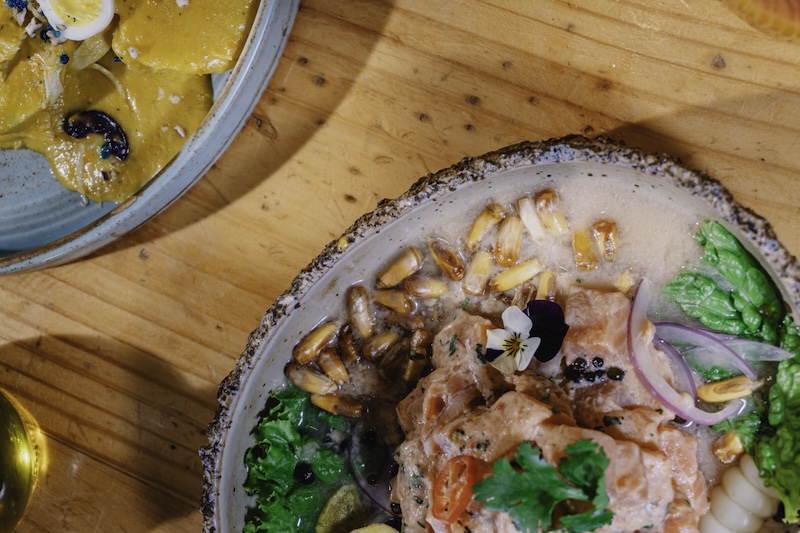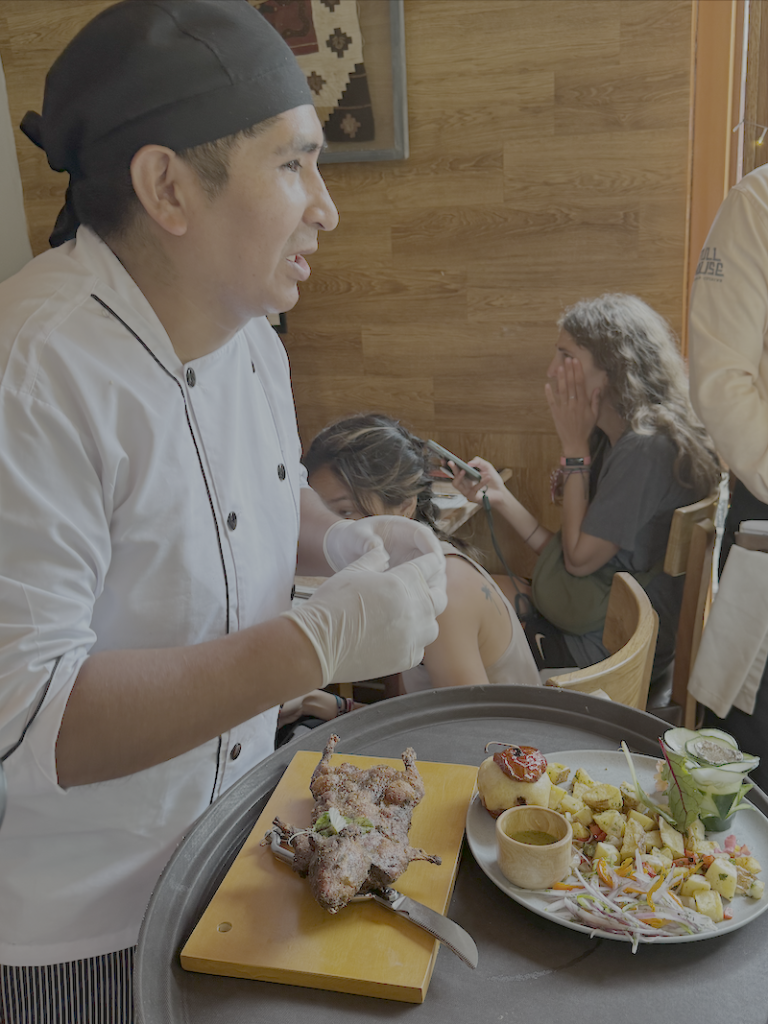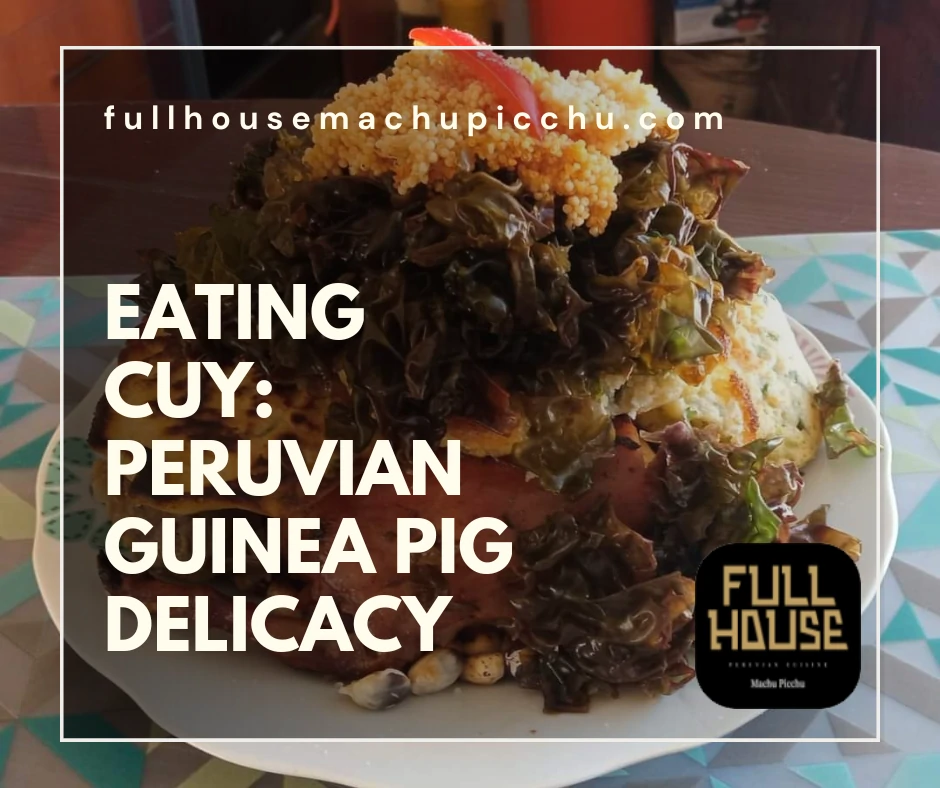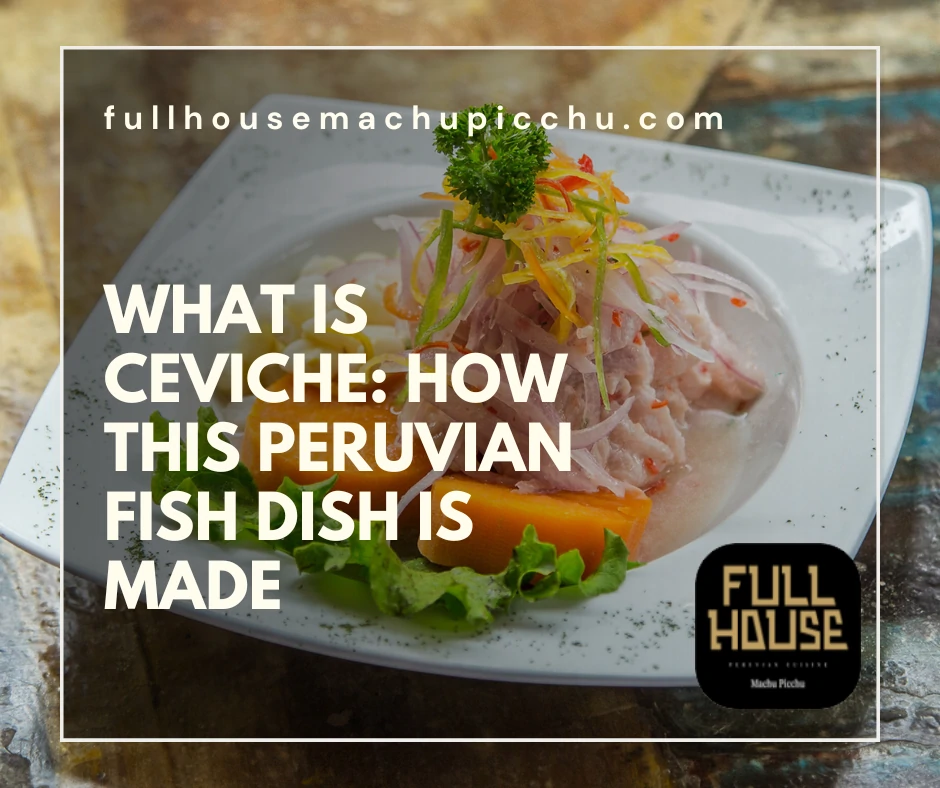Cusco, the historic capital of the Inca Empire, is a destination that captivates visitors with its rich history, stunning architecture, and vibrant culture. Nestled high in the Andes, this city is not only a gateway to Machu Picchu but also a hub of cultural confluence. But one of the true highlights of any visit to Cusco is its traditional cuisine. A fusion of indigenous ingredients and Spanish influences, Cusco’s culinary scene offers a unique taste of Peru’s cultural heritage. Each dish tells a story, intertwining the past with the present, offering a sensory experience that is as educational as it is delicious. In this guide, we’ll explore some of the must-try traditional foods in Cusco, providing you with a flavorful journey through this remarkable city.
The Essence of Traditional Foods in Cusco
Cusco’s traditional foods are deeply rooted in the region’s history and geography. The high-altitude landscape of the Andes has shaped the local diet, resulting in dishes that are hearty, flavorful, and comforting. This challenging environment has cultivated a unique agricultural tradition, with key ingredients such as potatoes, corn, and quinoa being staples that have been cultivated in the region for thousands of years. These are not just foods but symbols of resilience and adaptation, thriving in the harsh conditions of the Andes.
Additionally, the influence of Spanish colonization is evident in the use of meats and spices. The introduction of livestock like cattle, pigs, and chickens, along with spices and cooking techniques from Europe, transformed the culinary landscape. This fusion of indigenous and Spanish ingredients has led to a distinctive culinary identity that is both diverse and deeply rooted in tradition. The result is a cuisine that balances the rich, earthy flavors of native ingredients with the vibrant, aromatic influences of Spanish cooking.
Must-Try Traditional Foods in Cusco

1. Ceviche
Ceviche is Peru’s most famous dish, and while it’s typically associated with coastal areas, Cusco offers its own unique twist on this classic. In Cusco, ceviche often features trout, which is abundant in the region’s rivers. This freshwater fish variant showcases the adaptability of ceviche to different regions, maintaining the essence of the dish while incorporating local ingredients.
The trout is marinated in fresh lime juice, mixed with onions, cilantro, and aji peppers, and served with sweet potatoes and corn. This combination not only highlights the freshness of the fish but also provides a harmonious blend of textures and flavors. The result is a refreshing and zesty dish that perfectly complements the cool mountain air, offering a taste of the Andes with every bite.

2. Lomo Saltado
Lomo Saltado is a perfect example of the fusion of Peruvian and Spanish culinary traditions. This dish consists of marinated strips of beef stir-fried with onions, tomatoes, and aji peppers. This stir-fry technique reflects the influence of Chinese immigrants in Peru, who brought their culinary techniques and adapted them to local ingredients.
It’s typically served with a side of rice and French fries, offering a satisfying combination of flavors and textures. The juxtaposition of crispy fries and tender beef makes it a comforting meal that warms the soul. The dish’s origins can be traced back to these immigrants, creating a culinary bridge between continents that continues to be a beloved staple in Cusco.

3. Cuy (Guinea Pig)
For the adventurous eater, trying cuy, or guinea pig, is a must when visiting Cusco. This dish has been a staple of the Andean diet for centuries and is considered a delicacy in Peru. More than just a meal, cuy is a cultural symbol, often served during important festivals and family gatherings. They typically roast or fry cuy and serve it whole, often accompanying it with potatoes and a spicy sauce.
Cuy departs from more familiar dishes and offers a unique culinary experience that deeply connects to Cusco’s cultural heritage. The dish challenges diners to step out of their comfort zone and embrace the traditional Andean way of life.

4. Rocoto Relleno
Rocoto Relleno is a spicy dish that showcases the bold flavors of Peruvian cuisine. Someone fills rocoto peppers with ground beef, onions, and spices, tops them with cheese, and bakes them until golden. This dish shows how much Peruvians love spicy food and how well they mix flavors. The peppers’ heat is balanced by the savory filling and melted cheese, creating a dish that’s both flavorful and satisfying.
Rocoto Relleno is a spicy dish that’s both bold and comforting, perfect for those who like heat in their food. It’s a dish that invites you to experience the intensity and warmth of Cusco’s culinary spirit.
Exploring Cusco’s Culinary Scene
While dining in Cusco, you’ll find an array of options ranging from street food vendors to high-end restaurants. The city has many kinds of food, just like its history is full of variety, and each restaurant has its own story. If you want a real local experience, visit San Pedro Market. You can taste traditional foods and enjoy the lively local culture.
The busy vendors and bright fresh fruits and vegetables make the place feel both busy and interesting. The market sells everything from fresh fruit juices to hearty soups and stews, giving a glimpse of daily life in Cusco. It’s a sensory overload that invites you to taste, smell, and feel the heartbeat of Cusco.
Street Food Delights
Cusco’s street food scene is a treasure trove of delicious and affordable eats. Vendors line the streets offering a myriad of options that are perfect for a quick bite.Be sure to try anticuchos, skewers of marinated and grilled meat, often served with a side of potatoes or corn. These skewers are not just common street food but also show how people in Cusco enjoy eating together. Another popular street food, choclo con queso, serves big corn kernels with a slice of fresh cheese. These simple yet flavorful snacks are perfect for a quick bite as you explore the city’s bustling streets. Street food in Cusco is more than just food; it lets you feel the city’s lively culture.
Restaurants to Visit
For a more refined dining experience, Cusco boasts a number of excellent restaurants that showcase the region’s traditional flavors. These establishments offer a chance to experience the culinary creativity that modern chefs bring to traditional dishes. Dining at these restaurants is an opportunity to savor the ingenuity and passion that define Cusco’s contemporary culinary scene.
The Role of Food in Cusco’s Culture
Food in Cusco is more than just sustenance; it’s an integral part of the city’s cultural identity. It serves as a bridge between the past and the present, connecting people through shared experiences and flavors. People often prepare traditional dishes for special occasions and festivals, such as Inti Raymi, the Festival of the Sun, where locals come together to celebrate their heritage with music, dance, and, of course, food.
These celebrations are a testament to the enduring spirit of the Andean people and their deep connection to their land and traditions. Sharing a meal in Cusco is a way to connect with the past and present, experiencing the city’s rich history and vibrant community. It’s an invitation to be a part of a living tradition that continues to thrive and evolve.
Conclusion
Cusco’s cultural foods offer a tantalizing glimpse into the heart of Peruvian dishes. Each dish is a chapter in a story that spans centuries, connecting the ancient traditions of the Inca with the diverse influences that have shaped modern Peru. From the refreshing flavors of ceviche to the bold spice of rocoto relleno, each dish tells a story of the region’s history, geography, and people.
Whether you’re a seasoned foodie or a curious traveler, exploring Cusco’s culinary scene is an essential part of any visit to this remarkable city. So pack your appetite and prepare for a culinary adventure that will leave you with unforgettable memories and a deeper appreciation for the flavors of Cusco. The journey through Cusco’s cuisine is not just about tasting food; it’s about tasting the culture, the history, and the soul of this extraordinary place.



